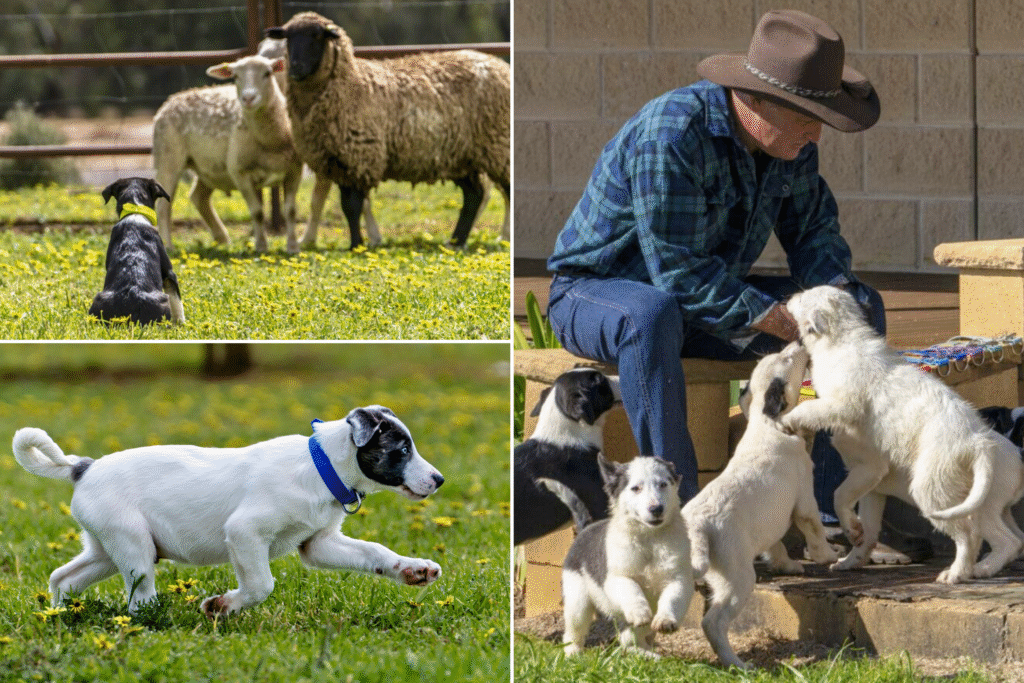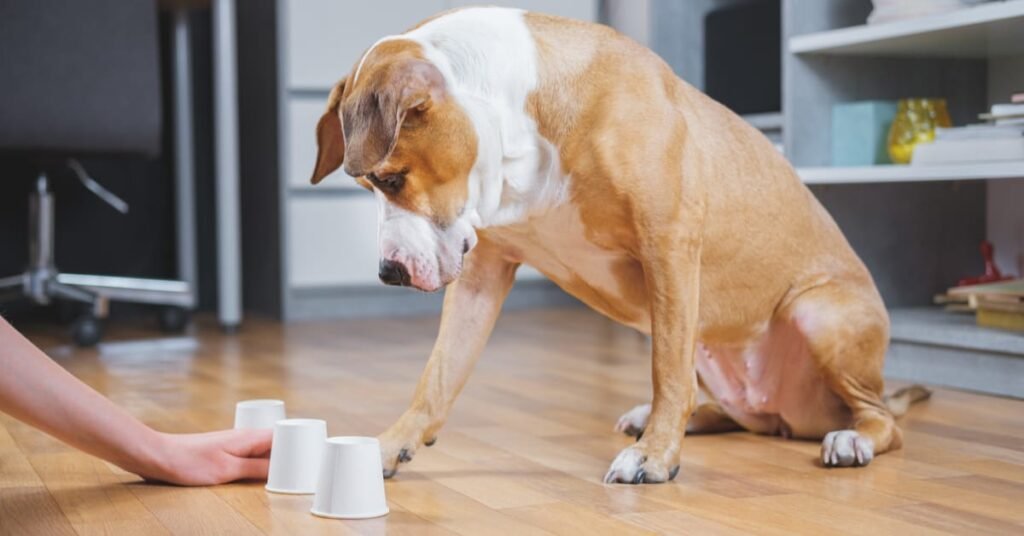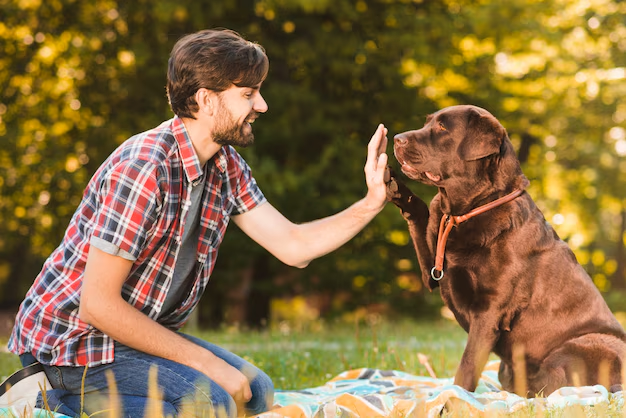Training your dog at home can be a joyful bonding experience—but even the most well-meaning dog owners can fall into common traps that slow progress or cause frustration. At BarkBliss, we believe understanding these pitfalls is half the battle. Let’s dive into the top five most frequent mistakes owners make—why they happen, how they show up, and what you can do instead.
📋 Table of Contents
- Mistake #1 – Inconsistent Timing & Cues
- Mistake #2 – Overloading with Too Much Too Soon
- Mistake #3 – Relying Too Heavily on Punishment
- Mistake #4 – Ignoring Mental Stimulation
- Mistake #5 – Neglecting Your Dog’s Emotional State
- Bonus Tips for Better Training
- Mindset Shifts & Real-World Examples
- How to Track & Celebrate Progress
- Getting Outside Help When Needed
- Final Woof: Make Training a Bonding Journey
- References & Resources

1. Mistake #1 – Inconsistent Timing & Cues
Why It Matters
Dogs learn through consistency. They process commands based on patterns and associations; when cues or rewards aren’t consistent, confusion sets in.
Common Culprits
- Different family members using different commands for the same behavior.
- Rewarding a behavior sometimes but not others—for example, giving a treat only occasionally.
How It Looks
- You say “Sit” and your pup sits—but the next day replies to “Sit, please”—or even ignores “Sit!”
- Jumping on guests works when they laugh or pet, but not when others say “Down”—dog is confused.
What Toughs Are Effective
- Unified language: Agree on specific words, body language, and tone across handlers.
- Variable reinforcement: After your dog reliably responds, switch to a mix of treats, praise, toy rewards, and affection.
- Training journal: Keep a log of when you train, what cue/reward you used, and how long the dog responded correctly.
Small Wins
- A short scenario of owner “Alex” and dog “Milo”: how standardizing “Come!” across the household improved recall.

2. Mistake #2 – Overloading with Too Much Too Soon
The Problem
Owners often want to teach all the “important” behaviors at once—sit, stay, recall, heel, leave-it—which overwhelms the dog and themselves.
Consequences
- Training sessions become chaotic.
- Dog looks to you for cues and gets frustrated.
- You lose motivation and skip training altogether.
Gradual Learning Plan
- Prioritize one command at a time for 1–2 weeks.
- Use short, frequent sessions (5–10 minutes, twice daily).
- Introduce distractions gradually, not all at once.
Real-Life Example
Show trainer tip: teaching “Watch me” before “Heel.” A success story of a newly adopted pup who panicked walking on leash until “Watch me” skills were strong.

3. Mistake #3 – Relying Too Heavily on Punishment
Why Punishment Backfires
- It damages trust and increases anxiety.
- Commands may trigger fear rather than desire to learn.
- It can cause learned helplessness or aggression.
What Owners Think
- “My dog should know better.”
- “If I don’t punish them, they’ll revert to bad behavior.”
Better Alternatives
- Positive reinforcement: praise, treats, toys, play.
- Redirection: “chew this” instead of scolding for destructive chewing.
- Time-outs: a brief pause in social interaction when jumping or barking is excessive.
Science Behind It
Discuss behaviorist findings: studies showing positive reinforcement leads to faster learning, stronger bonds, and lower stress.
Case Study
A recall training scenario switching from harsh scolding to a happy “Yessss!” and treat, and how response improved.

4. Mistake #4 – Ignoring Mental Stimulation
Why It Matters
Walking and feeding aren’t enough. Dogs need mental work: they crave puzzles, novelty, challenges.
Signs of Boredom
- Destructive chewing
- Excessive barking
- Digging or obsessively following you around
Enrichment Ideas
- Puzzle feeders and Kong toys
- Nose‑work games & hide‑treats around the house
- Short training sessions with new tricks
- DIY enrichment: frozen treat blocks, cardboard box puzzles
Fun Example
Step-by-step nose-work game: find a hidden treat under cups—suitable for beginners. Photo idea included below.

5. Mistake #5 – Neglecting Your Dog’s Emotional State
Emotional Awareness
Training is more than mechanics—it’s about reading your dog’s mood, energy, and stress level.
Red Flags
- Body language: lip licking, yawning, stiff posture
- Nose turning away, whale eyes
- Exhaustion during training
Tune In
- Train when your dog is calm and receptive (10–15 minutes after a walk).
- Use calm body language, voice tone.
- Give breaks and end sessions early on a high note.
Owner Story
“Luna the anxious rescue” scenario—training was failing until the owner worked on reducing stress, slowing pace, and celebrating small improvements.

Bonus: Tips for Better Training
- Use a marker word (“Yes!” or clicker) to mark correct behavior.
- Fade out treats gradually by offering every other time.
- Seasonal or situational refreshers: re-train behaviors in new contexts.
- Leash handling guide: avoid tension by holding slack and using it as guidance, not correction.
Mindset Shifts & Real-Life Journeys
- Reframe training as communication, not control.
- Prioritize relationship over perfection.
- Embrace curiosity and fun—your enthusiasm is contagious.
Short quotes from owners:
“Once I stopped seeing training as homework, it became our favorite part of the day.”
“I noticed a huge difference when my flat voice changed to an excited one the moment she did it.”
Tracking Progress & Celebrating Wins
- Use charts or checkboxes with dates.
- Take short videos weekly to visually track improvement.
- Celebrate by spending dog-approved “happy time” (play, treats, cuddle).

Getting Outside Help When Needed
- Group classes, private training, or sessions with a certified clicker trainer.
- Target issues like aggression, resource guarding, reactivity.
- When to consult a vet if behavior shifts suddenly (pain, aging, illness).
Final Woof: Make Training a Bonding Journey
Training at home is more than teaching commands—it’s about building mutual trust, respect, and understanding. Avoiding these five mistakes will set you and your dog on a path of motiv ation, clarity, and joy.
Invite comments: ask readers to share their training struggles or successes. Provide an opt-in for BarkBliss training checklists.

